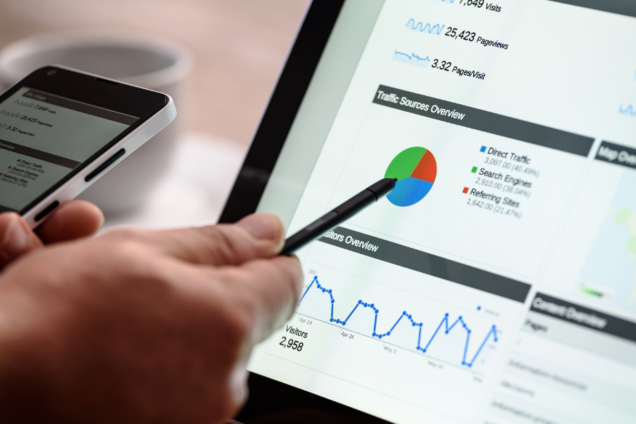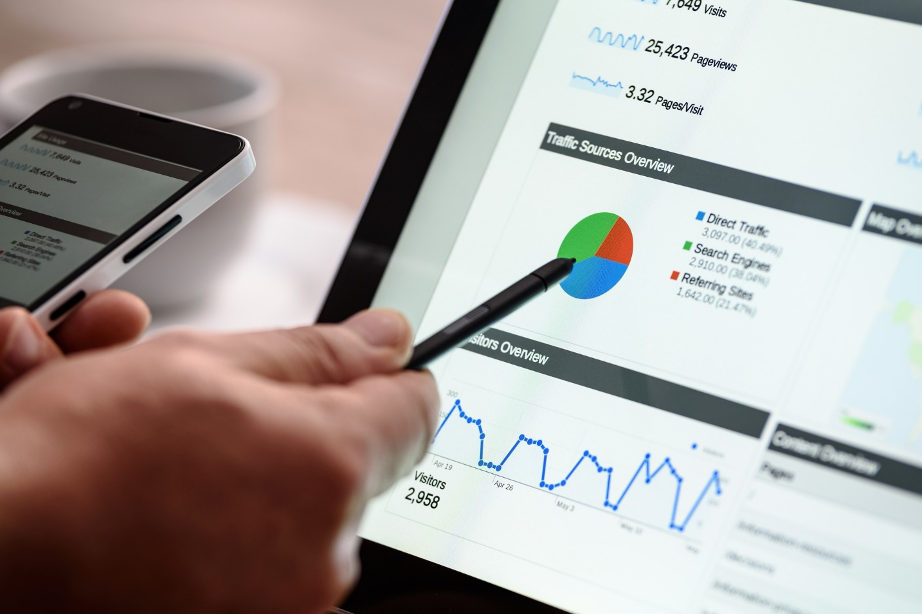There is a buzz around the online world and businesses for the ad hoc reporting tools. As soon as a business is up and running and maintains a standing in the market the next goal for the management is to maintain their position in the market and move upwards. To achieve this goal, they need to perform in-depth analysis of their data and derive meaning from this information that may help them to understand their business better. Traditional data reporting functionality is often very basic and limited in what it can offer the users.
With more emphasis on Business intelligence and data analytics, people are moving towards off the shelf business reporting solutions. Many new products are coming into the market everyday with new functionality and features that not only provide a clarity of data for the users to help them take critical business decisions but also presents data into a variety of different formats to help them better understand the data trends in the market and which direction their business is going.
“The goal is to turn data into information, and information into insight.” – Carly Fiorina, former executive, president, and chair of Hewlett-Packard Co.
These ad hoc reporting tools are very helpful to create beautiful visualizations and present data in a visually attractive manner. But users are more than ever confused with so many products and all having different features and functions to offer and often find themselves in a fix with regards to making the right choice for their business.
Here I have discussed some basic features that you should look into when looking for an ad hoc reporting tool for your business.
Data insights: The first and foremost task of a reporting tool is that it should provide data insights and be able to answer questions related to your business that would help you to take informed decisions for your business. These data insights are like snapshots of your data set that can provide better understanding of the bigger picture. Software reporting tools like Tableau and Izenda are popular for data insights that help businesses take timely action and increase revenue.
Reports: The reporting solution should provide a variety of reports with variation in layout and data set. Many SaaS products like dotnet report builder help you apply filters to the data set to get meaningful and targeted information that would help business analysts to develop unique business strategies.
Dashboard: This feature would provide the option to view multiple reports as panels on a single screen. This is helpful when comparing data from different reports to understand the trend in data or observe changes in real time data. Tableau is popular for its data dashboards and comparison of data through this feature alone.
Easy to use: The solution should be easy to use by the management team and analysts without intervention from the software developers. This would make the analyst confident in running different reports according to their need and manage the task of data analysis independently.
Embedded into software: Many reporting tools like dotnet report builder integrate with the existing software as a plug in with minimal coding efforts and adopt the look and feel of the existing software. This gives the users a level of comfort as they are already using their software and do not feel as if they have to learn a new software. They can run the reports from their main database software and use the new product as a plug in.
Amna Adnan
A computer science graduate having a diverse career in the field of IT and Education. I am associated with dotnetreport.com and also a blogger for business and IT. I am passionate about my field and like to blog about new technology and pen down information on different topics.


